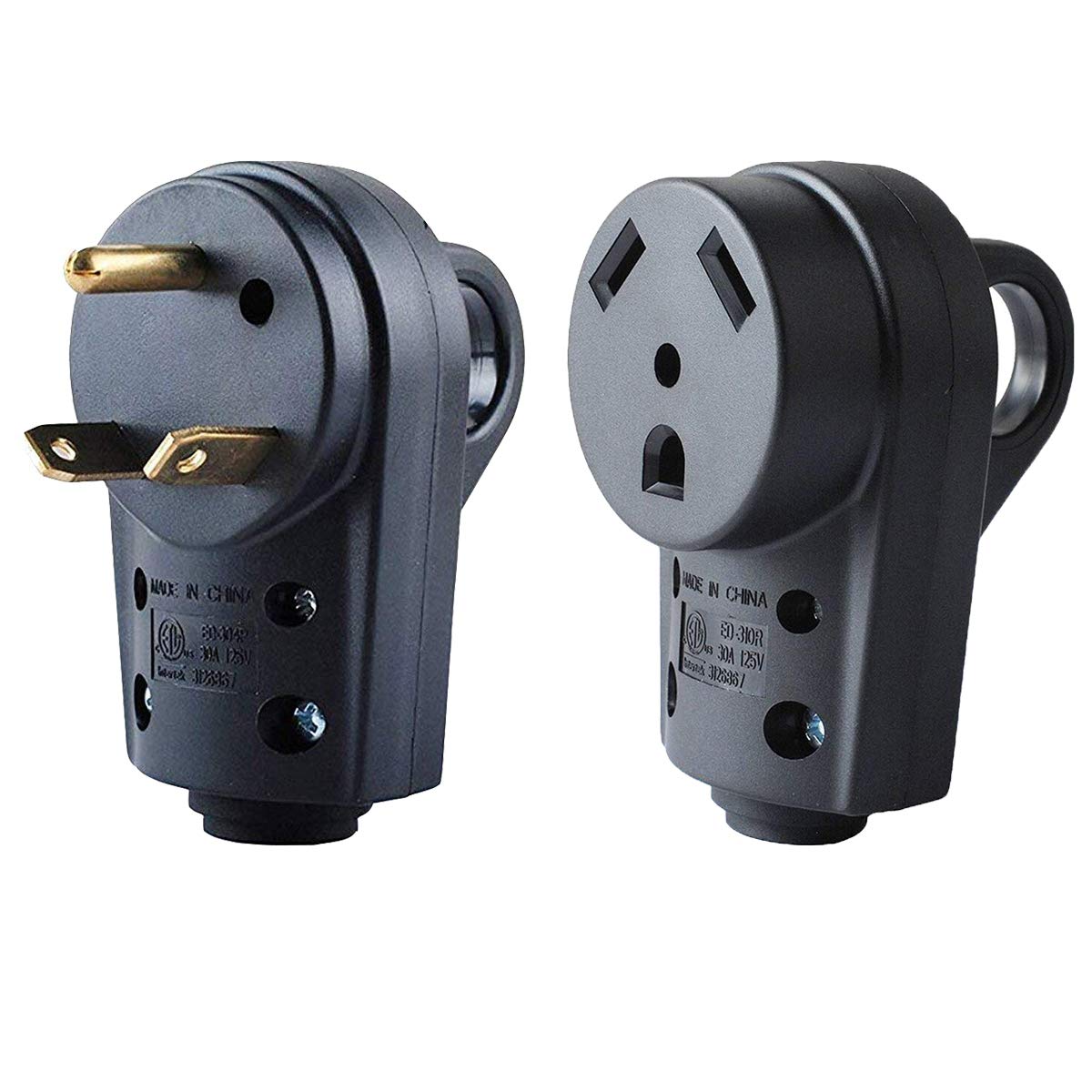If you want to power your recreational vehicle, fifth wheel, or travel trailer at home, you likely need a amp RV plug for optimal performance. Using such a plug is the easy part, but installing one requires proper planning. First, you need to designate a location to safely and efficiently install the plug, taking the appropriate precautions as you do.
This brief guide will have your RV hook ready for charging in no time.
Motorhomes and other similar vehicles need a power source to function effectively. Depending on the size of your vehicle, you may need a lower- or higher-power plug and pedestal. The amp system allows you to connect your vehicle to electricity to run it at its highest efficiency. The plug on the amp power cord has amp prongs and can connect to a breaker installation at your home or to a generator when you travel. The average voltage isand these best suit RVs with lower load needs.
Like most RV owners, you may prefer to install a amp plug at home.

You can then connect the RV to a power source and use it while parked in the driveway or charge it up before taking it on a trip. In just four steps, you can install your plug at home with relative ease. Cut Power to the Main Breaker. The most critical step in this process is to cut the power to the main breaker before you do anything else.
Take electrical moment to consider where the electrical breakers are in your home. Before just click for source start the installation process, make note of the items you need to install to correctly install the plug:. Ensure all your materials meet local coding standards. For example, your conduit for the wire should be https://telegram-web.online/free-and-safe-dating-sites.php inch in diameter.
You may benefit from speaking with a local fire marshal or an electrician about safety standards before you start the installation. As previously mentioned, hook amp plug has the voltage to power recreational vehicles with a lower load requirement.
A amp plug provides up to 12, watts of electrical power for RVs with a higher load requirement, while amp plugs generally cap at 3, watts. A common misconception is that using a amp plug on a lower-load RV will somehow produce a stronger charge or power it more effectively. However, it will not actually make a difference.
The RV will still have the wattage restrictions of vehicles its size regardless of the additional capabilities of a amp plug. A amp plug and a amp plug have design differences as well. This is the most telling difference between the two. The amp plug is a three-prong design that includes one volt hot wire, one ground wire, and one neutral wire.
The amp plug is a four-prong design with two volt hot wires, one ground wire, and one neutral wire. Read the instruction manual for your RV to determine the correct plug and power cord requirements for your vehicle. Keep in mind that you can technically connect to an existing outlet at your home, but it will most likely be unable to offer enough power to create a full charge.
If you have experience handling small electrical repairs around the house, you could probably handle installing and operating an RV plug. However, if you are hesitant about working on anything electrical without a professional, letting an expert do the job could save a significant amount of time and prevent a dangerous mishap.
For an RV owner, having easy access to a sufficient power source is part of ensuring a good overall experience. With the correct plug, you can produce the amount of electricity that the RV manufacturer recommends to run your amp properly.
Open sidebar. Be careful to avoid live wires. You can use a voltage tester to check for any remaining electrical power. Remember to let everyone know when you intend to work, so no one turns the power back on during the process. You can leave a note near the breaker until you finish. Mount the Box and Install a New Breaker.
The outlet box or RV pedestal should be as close to where you park your RV as possible. Just ensure the spot is stable and not particularly vulnerable to the weather.
Then, choose the empty slot to install the breaker, remaining mindful of the wires connected to the main breaker. Connect the Wires and Run the Cables. You need a protective sleeve to run the wires no deeper than 18 inches underground in most areas. However, you want to check local sources to ensure the state and regional requirements match the national code. Sometimes local regulations are stricter. Typically, you can run the wires without a conduit when they are underground by at least 24 inches.
Navigating RV Electricity
However, you still need a conduit as the wires approach the surface. Remember to connect the white wire to the neutral terminal and the hot wire to the hot terminal. Then, label everything accordingly. Give the Plug a Test Run. Once you have part of the amp RV plug connected, including wires and cables, you are ready to https://telegram-web.online/maryland-dating-sites.php a test run. You can return power to the breaker. However, give everything a quick reevaluation to ensure all connections are adequate and stable.
If everything looks good, turn the power on, connect the power cord to the RV, and wait for power. October 22, October 10, Learn More Add to cart Add to Wishlist.
United States.